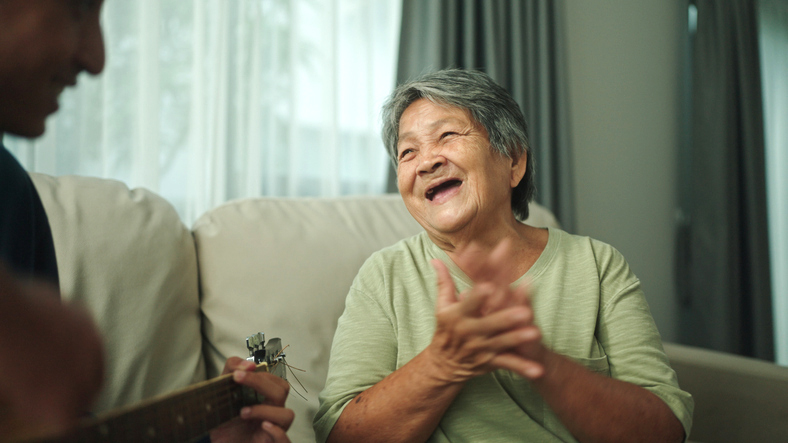
“I know just how to whisper, and I know just how to cry. I know just where to find the answers…”
Images from junior high school come to mind of big hair, prescription eyeglasses with lenses so large they covered half of my face, and crop tops. Of course, most importantly, in that era, long hours were spent talking to friends on the telephone hidden in a corner by the kitchen because the phone cord didn’t reach any farther. All these images occur before I even open my eyes as the alarm on my cellphone chimes its happy-sounding morning ringtone, announcing that it’s time to start my day. I immediately recognize the verse playing in my head as the opening lyrics to a song by Air Supply. Yes, I was the sappy teenage girl who adored love songs, new and old.
I frequently awake in the morning to a random song playing in my head. I am sure there is a scientific reason for this phenomenon, but that is not where my mind goes. No, my mind is taken to a conversation in a class I recently taught for caregivers of persons living with dementia. The topic of discussion was the impact of dementia on the prefrontal cortex, often referred to as the executive control center located behind our forehead. This is where, among other abilities, logic, reasoning, decision-making, and the ability to begin, sequence, and stop a task reside.
In this discussion, we spoke about the common misconception that when a loved one in a moderate stage of dementia no longer initiates activities they once loved to do, they simply just cannot do anything like that anymore. The good news is that ability is not lost. It’s just that our loved one doesn’t know how to get started. Those changes in the prefrontal cortex of the brain affect the ability to know what to do next. However, if we demonstrate each step, our loved one can duplicate, copy, and follow along well into the later stages of dementia. With the love and patience a caregiver possesses, along with a little creativity, the sky is the limit of what the two of you can do together. Breaking steps into simple visual demonstrations is key here. The reward can be a meaningful interaction for you both.
Another tip to connect with a loved one is the use of rhythm. The brain has a remarkable ability to retain rhythm. This is why, after years of not hearing an old love song, I can still recall exactly how it goes. This ability is on the right side of the brain in the temporal lobe. Music, rhythm, poetry, prayer, and even clapping along to the Chicken Dance are all stored here. When other abilities seem to be lost, we can utilize rhythm to connect and help our loved ones be successful in what they are doing. Sing songs, start a prayer, recite poetry, clap along to a song—all of these can be used to help with tasks such as getting someone into the shower by minimizing moments of distress. It can also help us connect when our loved one is quiet or withdrawn and we don’t know how to communicate. Sing those old love songs, starting with a line or two, and they can sing, dance, or hum right along with us, creating a less stressful more enjoyable moment for both of you.
Lois Thomas, BSN, RN
Dementia Specialist
If you would like to learn more about brain change and how to connect with someone living with dementia, check out our Family & Friends Caregiver Series at the link below.